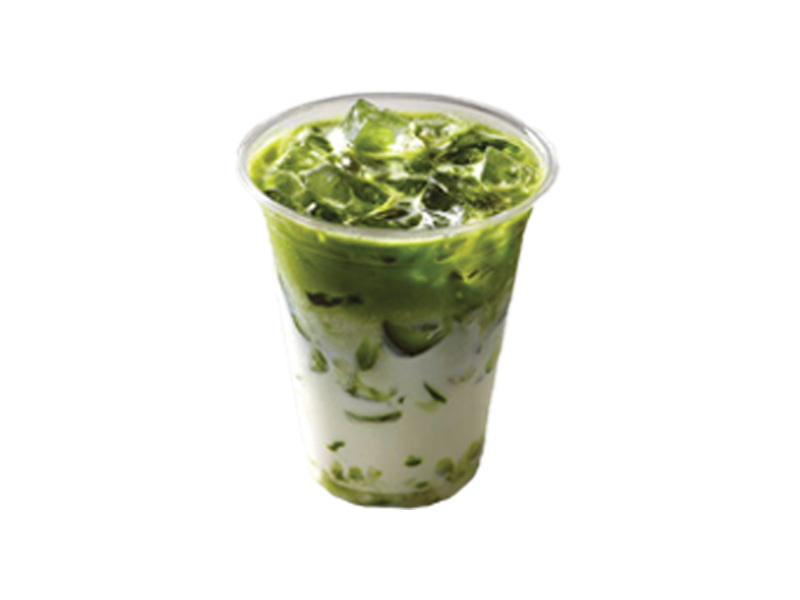More than just a class: The truth behind Pottery
March 4, 2019
Many students don’t take the time to consider the intricate process behind pottery. Their idea of “process” is to just throw it on a wheel and start. In reality, pottery is a slow and delicate process that is very time consuming. The first step of the process called wedging, which is kneading the clay. This allows the clay to become smooth and gets rid of any air bubbles within the clay that could cause complications. Next you have to take it to the wheel, and there the clay is thrown and centered onto a spinning wheel to be molded with your hands. This requires a lot of time and energy to ensure that the piece forms into the art that is pictured in the mind of the sculptor. Then it is put into a special oven called a kiln for the final step – “firing” the sculpture.
Pottery is just one of the various art classes that is offered at LSE. Many students have to dedicate time before and after school as well as meet separately on their own time to continue learning, if the class doesn’t fit within their eight-period schedule. Senior Madisen Bell is one of these students.
“I take an independent study with [Mr. Ruth] at 7 a.m.,” Bell said. “I can’t fit it into my schedule at the moment.”
Bell says that Ruth is very hands on with the learning and has been there throughout it all since she started taking pottery during her sophomore year. According to Bell, Pottery is very different from the other Art classes that are offered at LSE, because students aren’t able to take home the pieces of work that they have, which means they may have less time than the people who are taking the 2D Art classes.

“The two-dimensional arts are amazing,” Bell said. “3D [Art] is equally as hard and rigorous, I just feel like [it] is pushed aside as a class or art.”
What people don’t know about Pottery is how physically draining it is. Bell says that wedging the clay can be very hard, especially when using a big chunk of clay, which can cause bruises during the kneading process. In addition, the clay dries out your hands which can lead to irritation and cracking of the skin. Not only is it physically draining, it takes a lot of mental stamina.
“You have to be very calm and steady,” Bell said. “You [can] break the wall [of the bowl] instantly if [you] can’t bring it up and be slow.”
Ultimately, for the students who genuinely care about the art, it is well worth the time involved. It creates a relaxing environment where you can focus on the goal even if it does take a lot of time to do.










